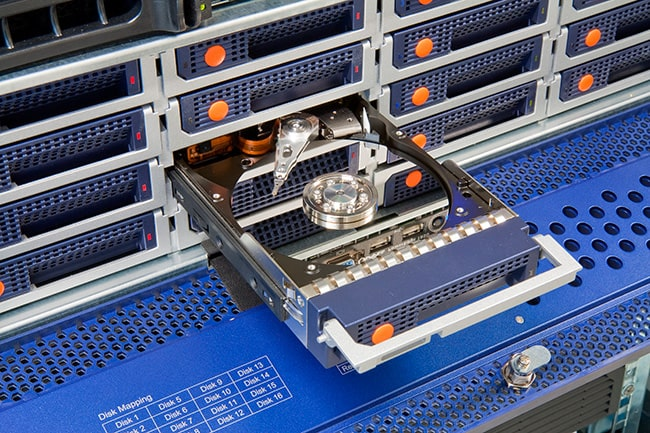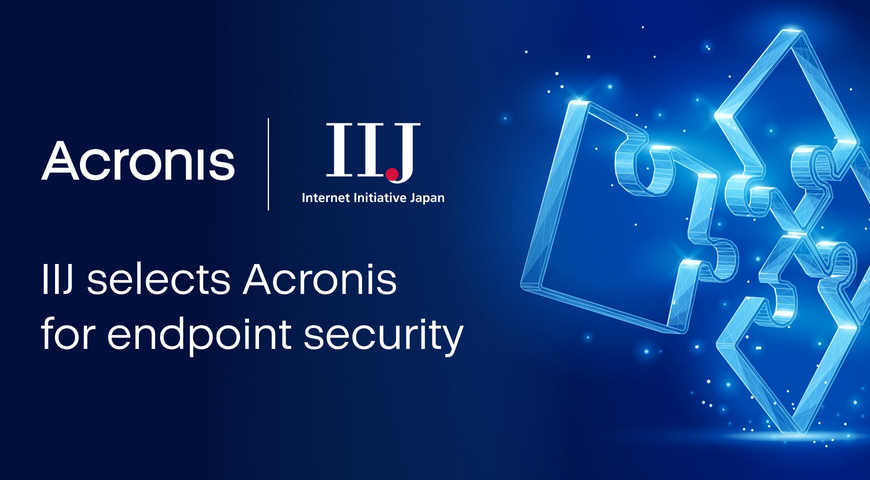Agent-based backup is a proven technique for safeguarding physical servers.
Administrators appreciate its speed, consistency, and ease of administration when performing image-based backups for bare-metal server recovery or non-image based backup for file recovery. But do these benefits transfer cost-effectively to virtualized environments? With multiple virtual machines (VMs) per server and mobile VMs that can migrate throughout a distributed environment, the costs of purchasing and managing a separate agent for each physical and virtual server can be prohibitive.
Agentless backup was created to retain the benefits of agent-based backup without the expense of per-server agents. Instead of installing a backup agent on each VM, the backup intelligence is centrally located and performs disk-to-disk backup from a single point of administration. Eliminating the need for individual agents in each VM clearly reduces costs and simplifies administration, but some administrators might question whether the capabilities of agentless solutions measure up to agent-based alternatives. Here are some important considerations when comparing agentless and agent-based solutions.

Agentless Backup
As virtualization proliferates throughout data centers, solutions that require an agent in every physical and virtual machine in the network become less cost-effective, more difficult to manage, and less able to provide the scalability and flexibility that agile businesses demand. While agentless backup is not truly agentless, it does require only one backup agent on one selected machine for network-wide backup. The single-agent, centralized control design offers many advantages for dynamic virtualized networks with large and changing numbers of VMs:
Lower Cost: Lower cost is an important advantage of agentless backup. Without an individual agent on every VM in the network, administrators have fewer components to purchase and license, less communications to run, and lower CPU and bandwidth consumption. The need to acquire additional licenses or permissions from the software vendor as the network grows is also eliminated, which facilitates scalability and simplifies budget planning.
Simplified Administration: Agentless systems are typically implemented with a centralized management approach. The centralized approach provides a network-wide view that allows administrators to control every VM from a single point. Centralized administration eliminates the complex management scenarios that tend to result from multiple types of management software and the need to administer a separate agent on each VM. With agentless backup, the backup administrator designates network machines and data for backup, and the network-based agent transfers the designated data. Restores are equally straightforward.
Greater Control: Agentless backup also lends itself to policy-based management, which helps administrators maintain greater control of backup and recovery operations with a lower time investment. Virtualization software with integrated support for agentless backup makes administration even easier. VMware vSphere, for example, provides the vStorage API for Data Protection (VADP) for agentless backup, so no additional backup software installation is required.
Application Consistency: Agentless backup implementations support snapshot technology, which makes a complete copy of a virtualized server or VM at a specific point in time. The ability to recover the snapshot allows applications to continue running without loss of data, ensuring the application consistency that is critical to business continuity. The snapshot data is not compressed for storage and can therefore be restored very quickly. Some vendors even support snapshots of data that is locked. Microsoft, for example, provides this capability as a Windows service called the Volume Shadow Copy service.
Greater Flexibility: Agentless backup architectures support almost all operating systems, databases, and email formats in use today.
LAN-Free Backup: Agentless backup offers even greater efficiencies when implemented in environments that support LAN-free backup. A LAN-free backup scenario provides backup and recovery operations through the storage network rather than through the LAN. VMware vSphere provides this feature automatically through VADP. If a VMware virtual appliance (VA) is used, the VM snapshot can be mounted to the VA and data will be read directly from the snapshot as if it were a normal virtual disk. LAN-free backup can also be configured separately, but requires additional options and potentially complex configurations.
Agent-Based Backup
In mixed environments of physical and virtualized servers, administrators must use some form of agent-based backup for the physical servers. In this scenario, administrators have the choice of nonimage-based or image-based backup systems.
- Non-Image-Based Backup: Agent-based backup systems that are not image-based are designed to recover lost, deleted, or corrupted files. These systems can perform extremely granular file recovery with high performance, but cannot recover the systems on which those files run. Losing the system along with the files requires a lengthy rebuild and restore process that is not ideal for fast recovery.
- Image-Based Backup: Agent-based, image-based backup systems function by taking a snapshot of the entire server’s drives or volumes. There is no need to reinstall the operating system and restore a patchwork of files to replicate the previous system, as is necessary with non-image-based systems. Even following a complete failure, restoring a full system image can often be accomplished in minutes. And, there is no possibility of missing critical files, as is the risk with file-level backup and restore processes.
Most of today’s image-based backup systems also provide the same granular file restoration benefits as non-image-based systems. Image-based backup systems can even supplement full backup images with incremental backups, in which only those portions of the server that have changed since the previous backup are saved. Incremental backup requires much smaller backup sets and can offer more recovery points, reducing costs and supporting a fast recovery time objective (RTO). Features such as incremental backup have made image-based backup systems the standard for physical server disaster recovery.

About Acronis
Acronis is a Swiss company, founded in Singapore. Celebrating two decades of innovation, Acronis has more than 1,800 employees in 45 locations. The Acronis Cyber Protect Cloud solution is available in 26 languages in over 150 countries and is used by 20,000 service providers to protect over 750,000 businesses.





